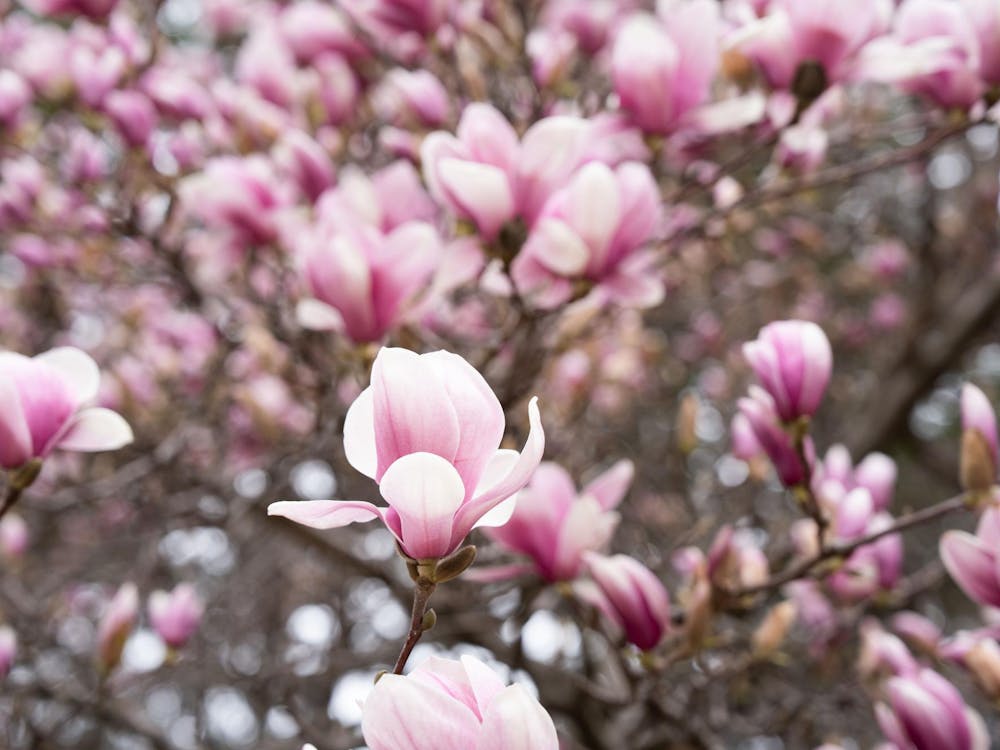Gavin Arnall GS, who is involved in the movement both on campus and in New York, explained that economic inequality is still a constant point of unity for the movement.
“ ‘We are the 99 percent’ is a real strength for the movement,” he said. “I’ve never seen so many people from so many different radical politics, from socialists to anarchists, coming together so enthusiastically. It’s been really inspiring.”
Joining the massive group of protesters in New York, a group of University students led by chapter leader Joshua Shulman ’13 started in Bryant Park before walking to Madison Square, attending a rally at Union Square and ultimately marching to Wall Street. Their banner read “Yes — Even Princeton, May Day 2012.” Though Shulman said he was disappointed with the number of University students who participated, he noted that the strike even had the support of one of his professors.
“I know one of my professors told the class that if they don’t want to show up on May 1, it’s fine,” he said.
The primary focus of the trip for University students was lending support to the opening of the Free University, one of 26 OWS events throughout the city listed on the organization’s website. Students teamed up with peers from Brooklyn College, Columbia University and New York University, among others, to offer free classes from 10 a.m. to 3 p.m. in Madison Square Park. Class titles on the official schedule included “Protest Songwriting Workshop,” “Open Source Hardware and Software,” “Natural History of Our Planet” and “Occupy Algebra.”
The teachers came from a wide variety of backgrounds. Some were professors and graduate students at universities in the area, and Princeton High School senior Sebastian Mikhail taught a class on debate skills.
The University presence caught the attention of one newly admitted student, who stopped to talk to Shulman.
“He told me he hadn’t known there were any activist organizations on campus,” Shulman said. “It was nice.”
If the Free University experiment in New York proves successful, the University’s chapter plans on trying to implement a form of it at Princeton, according to Shulman. He said that in addition to having lectures for the public, the University could even consider precepts and labs “for people in the community and whoever else wants part of the Princeton education that is very, very exclusive.”
Arnall noted that the Occupy movement picked up a number of education-related causes over the course of the winter, such as student debt and the privatization of schools. Shulman noted that the new concern for student debt can be particularly resonant with University students.
“As students, a lot of us are interested in addressing public education and the education system in general,” he said.
Following the conclusion of Free University at 3 p.m., the students headed to Union Square Park. Here the Occupy events from throughout the city converged into a single rally. Anthony Pulido, a Firestone library assistant who attended the day’s events along with the students, expressed surprise at the size of the rally.

“While I knew there were many groups represented, I didn’t know they were so big — or so diverse,” he said.
The strike concluded with an hours-long march down Broadway and into Wall Street. Despite the small size of Princeton’s representation, Shulman saw the day as a positive experience.
“We made a good impact for a small number of people, both in terms of the banner’s visibility and overall symbolic value,” he said.







